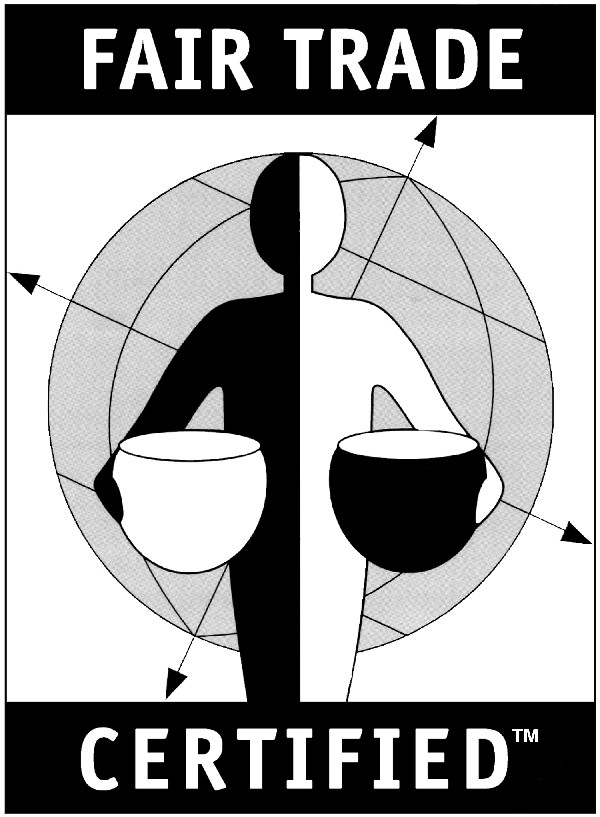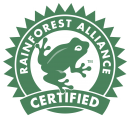Café de Colombia
Colombian coffee is among those considered as the best coffee in the world. Historical data indicates that the Jesuits brought coffee seeds to South America with them circa 1730 CE, but there are different versions of this. Testimony comes from the archbishop-viceroy Caballero y Gongora (1787) who registered the presence of the crop in the north east of the country near Giron (Santander) and Muzo (Boyaca) in a report that he provided to the Spanish authorities.
Despite these early developments, the consolidation of coffee as a Colombian export did not come about until the second half of the 19th century. The great expansion that the world economy underwent at that time allowed Colombian landowners to find attractive opportunities in international markets. In the first decades of the 20th century a new model to develop coffee exports based on the rural economy had already been consolidated, supported by internal migration and the colonization of new territories in the center and western regions of the country, principally in the departments of Antioquia, Caldas, Valle, and in the northern part of Tolima.
This transformation was very favorable for the owners of the small coffee estates that were entering the coffee market. The cultivation of coffee was a very attractive option for local farmers, as it offered the possibility of making permanent and intensive use of the land. Under this productive model of the traditional agriculture, based on the slash and burn method, the land remained unproductive for long periods of time. In contrast, coffee offered the possibility of having an intense agriculture, without major technical requirements and without sacrificing the cultivation of subsistence crops, thus generating the conditions for the expansion of a new coffee culture, dominated by small farms.
During the period between 1905 and 1935 the coffee industry in Colombia grew dynamically thanks to the vision and long term politics derived from the creation of the Federación Nacional de Cafeteros de Colombia (National Federation of Coffee Growers of Colombia) in 1927. The union of local farmers and small producers around the Federation has permitted them to confront logistical and commercial difficulties that would not have been possible individually.
The coffee growing axis (Eje Cafetero), also known as the coffee triangle ( Triángulo del Café) is a part of the Colombian Paisa region. There are three departments in the area: Caldas, Quindío and Risaralda. These departments are among the smallest departments in Colombia with a total combined area of 13873 km², about 1.2% of the Colombian territory. The combined population is 2,291,195. In 2011 UNESCO declared the region a World Heritage site.
The story of Coffee of Colombia is incomplete without the mention of Juan Valdez. Juan Valdez is a fictional character who has appeared in advertisements for the National Federation of Coffee Growers of Colombia since 1958, representing a Colombian coffee farmer. The advertisements were designed with the goal of distinguishing 100%-Colombian coffee from coffee blended with beans from other countries. Juan Valdez typically appears alongside his mule called Conchita, or Lana, carrying sacks of harvested coffee beans. He has become an icon for Colombia as well as coffee in general.
From Wikipedia, the free encyclopedia







